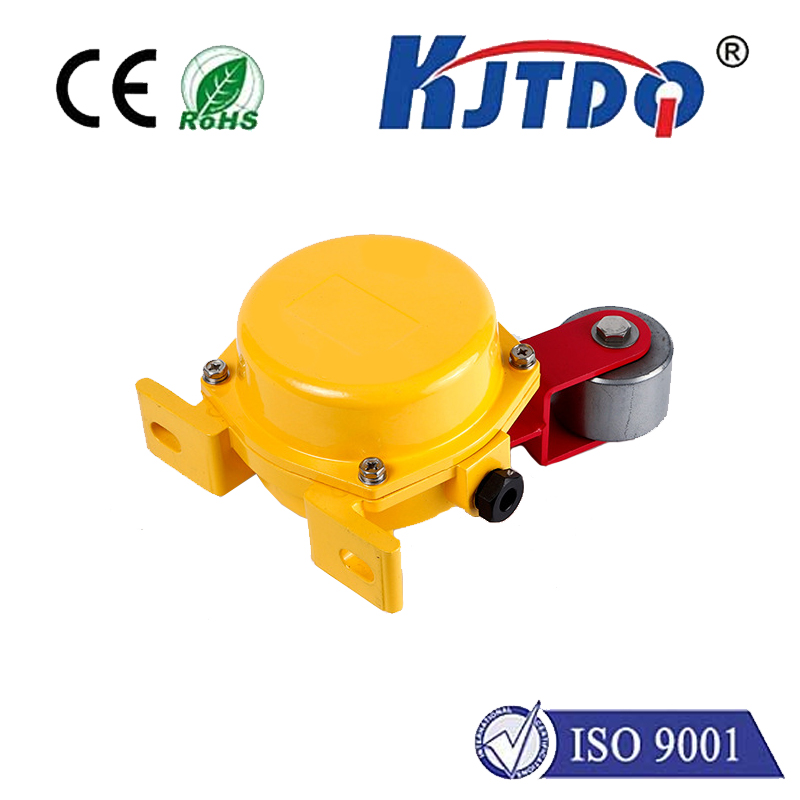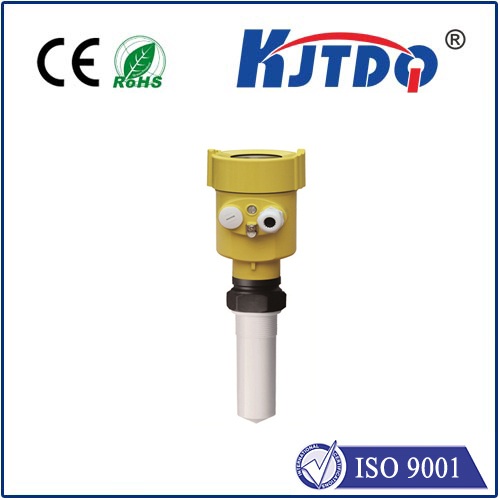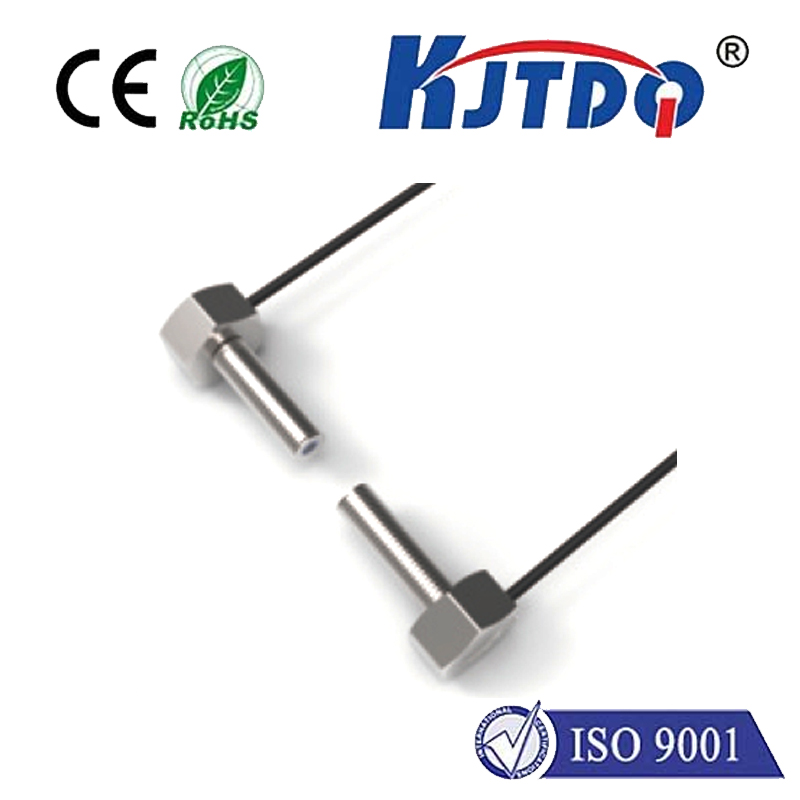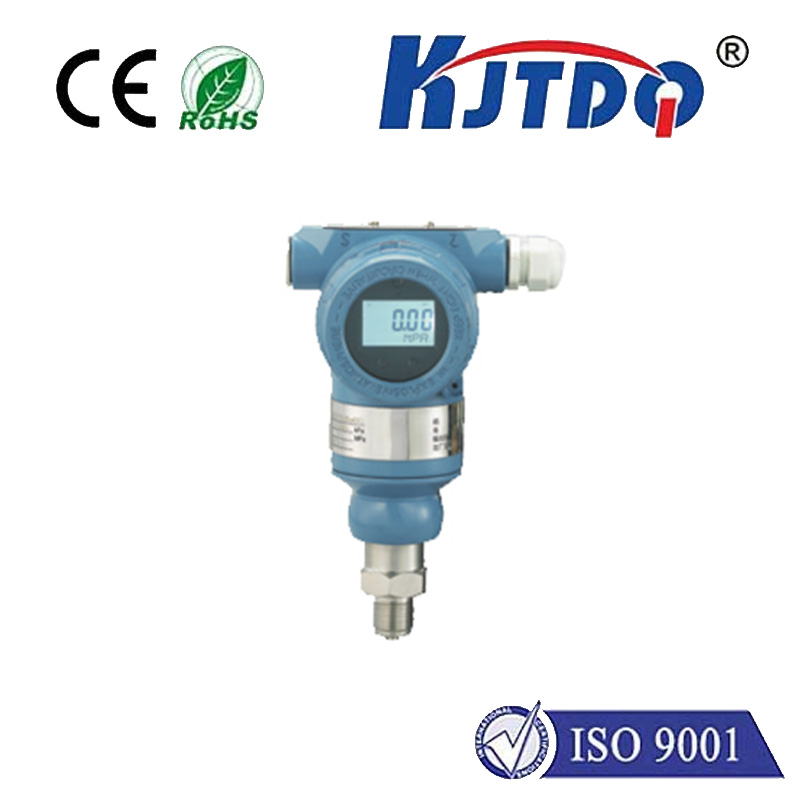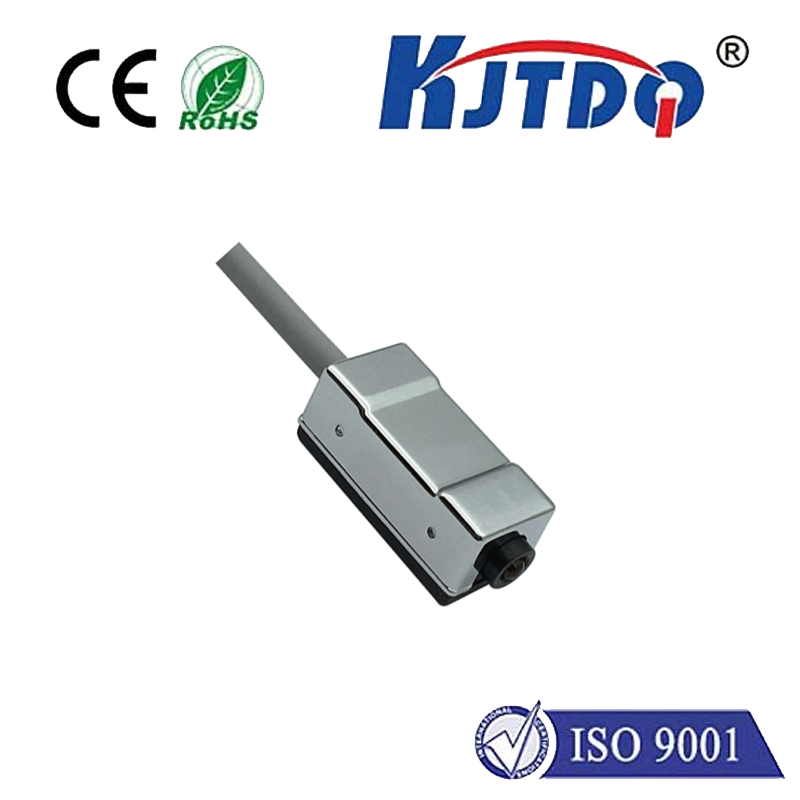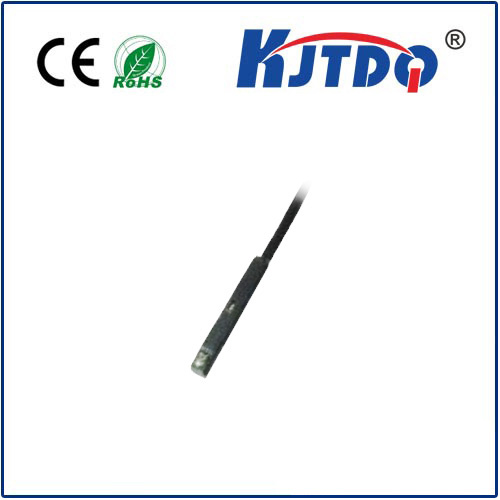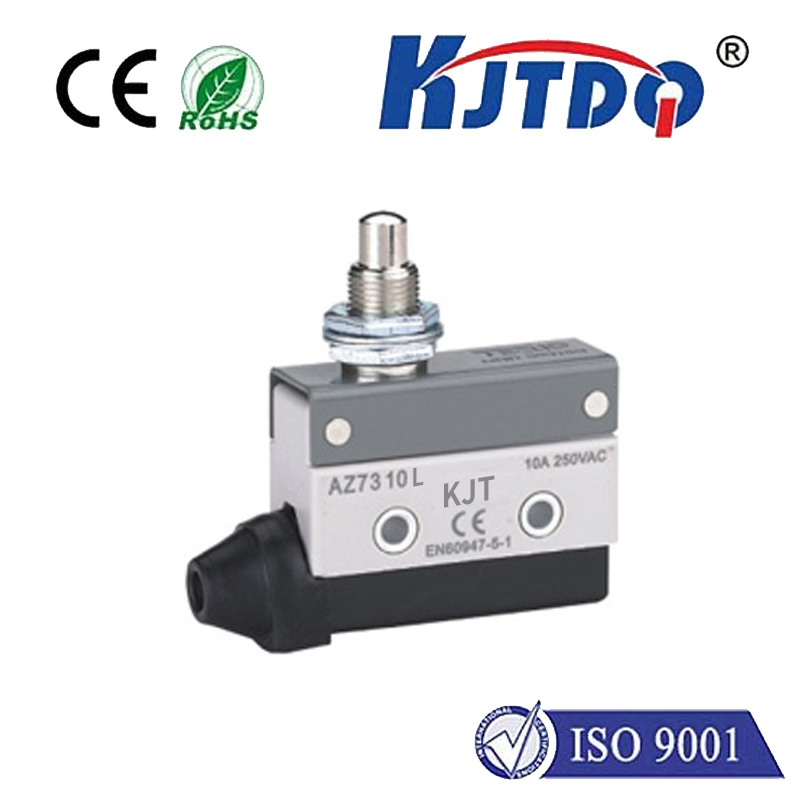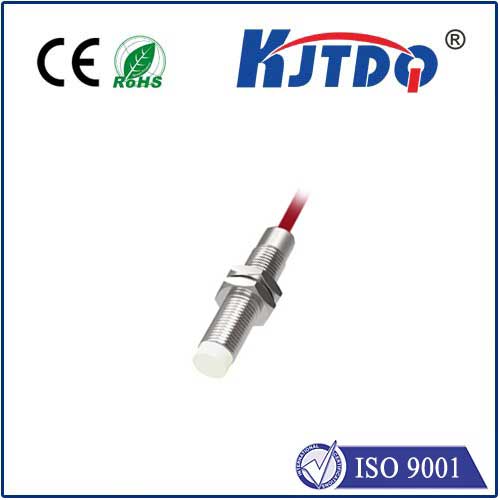

check

check

check

check

check

check

check

check

check

check
The Importance of Crane Overload Limit Switch for Safe Lifting Operations
Crane overload limit switch is a crucial safety device in lifting operations. It helps prevent cranes from being overloaded beyond their capacity, which could lead to serious accidents and injuries. In this article, we will discuss the importance of crane overload limit switch and how it contributes to safe lifting operations.
1. Ensuring Safe Operations: The primary function of a crane overload limit switch is to monitor the load on the crane and prevent it from exceeding its safe working limit. By doing so, it ensures that the crane operates within its designed parameters and reduces the risk of accidents caused by overloading.

2. Minimizing Equipment Damage: An overloaded crane can cause severe damage to the equipment, resulting in costly repairs or replacements. With a crane overload limit switch, you can avoid such damages by automatically disengaging the lift when the load exceeds the crane's rated capacity.
3. Improving Productivity: A crane overload limit switch also helps improve productivity by ensuring that the crane operates efficiently and without unnecessary downtime caused by equipment failures due to overloading. This results in faster project completion times and increased profitability for businesses that rely heavily on lifting operations.
4. Regulatory Compliance: In many industries, using a crane with an overload limit switch is mandatory under various safety regulations. By installing and properly maintaining these devices, companies can ensure regulatory compliance and avoid potential legal issues.
5. Preventing Workers' Compensation Claims: Overloaded cranes can not only cause damage to equipment but also pose a significant threat to workers' safety. By implementing a crane overload limit switch, employers can reduce the likelihood of workplace accidents and minimize workers' compensation claims.
In conclusion, a crane overload limit switch plays a vital role in ensuring safe lifting operations, minimizing equipment damage, improving productivity, complying with regulations, and preventing workers' compensation claims. As an essential safety device, it should be installed and maintained properly on all lifting equipment to protect both workers and equipment alike.
